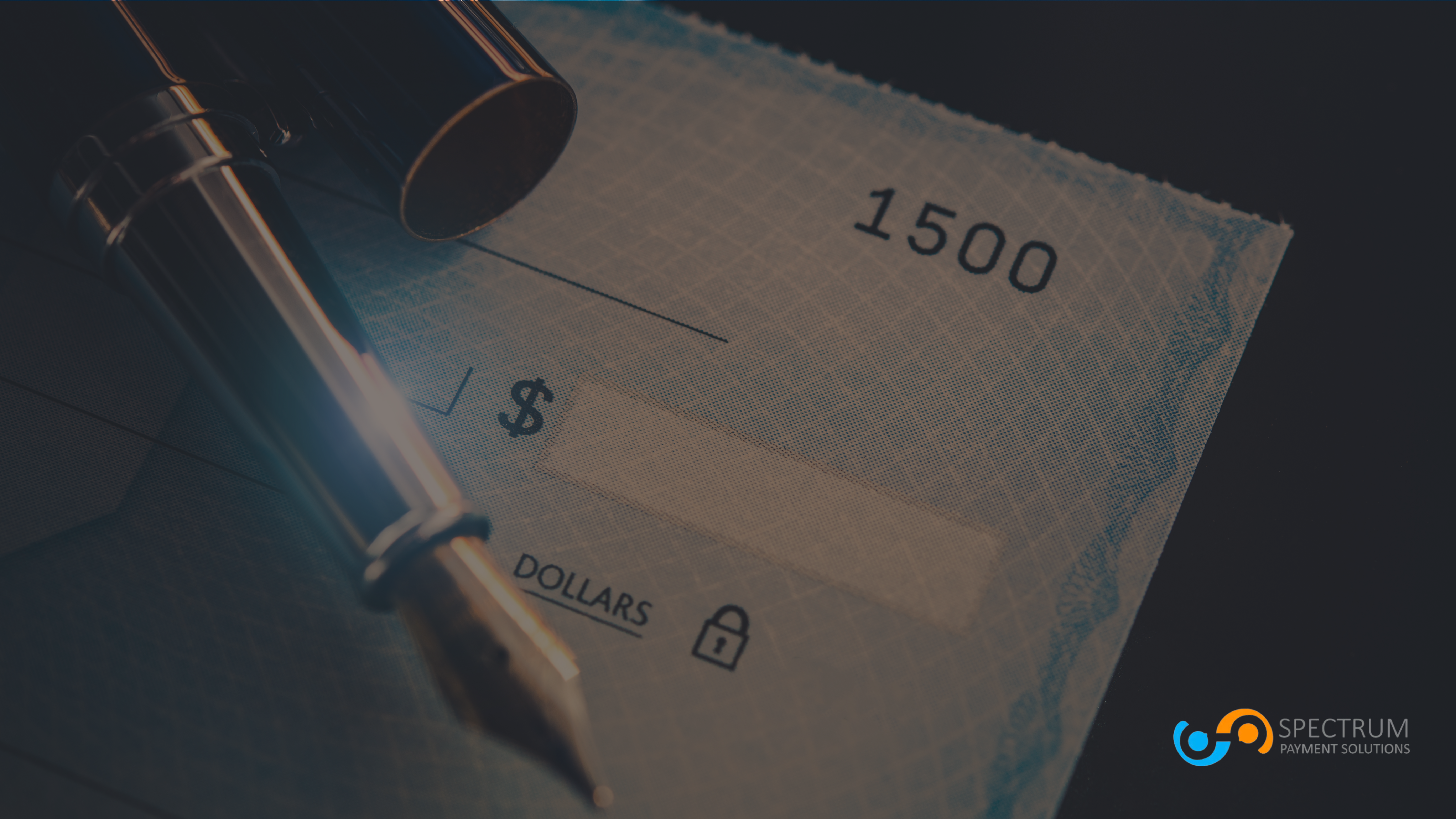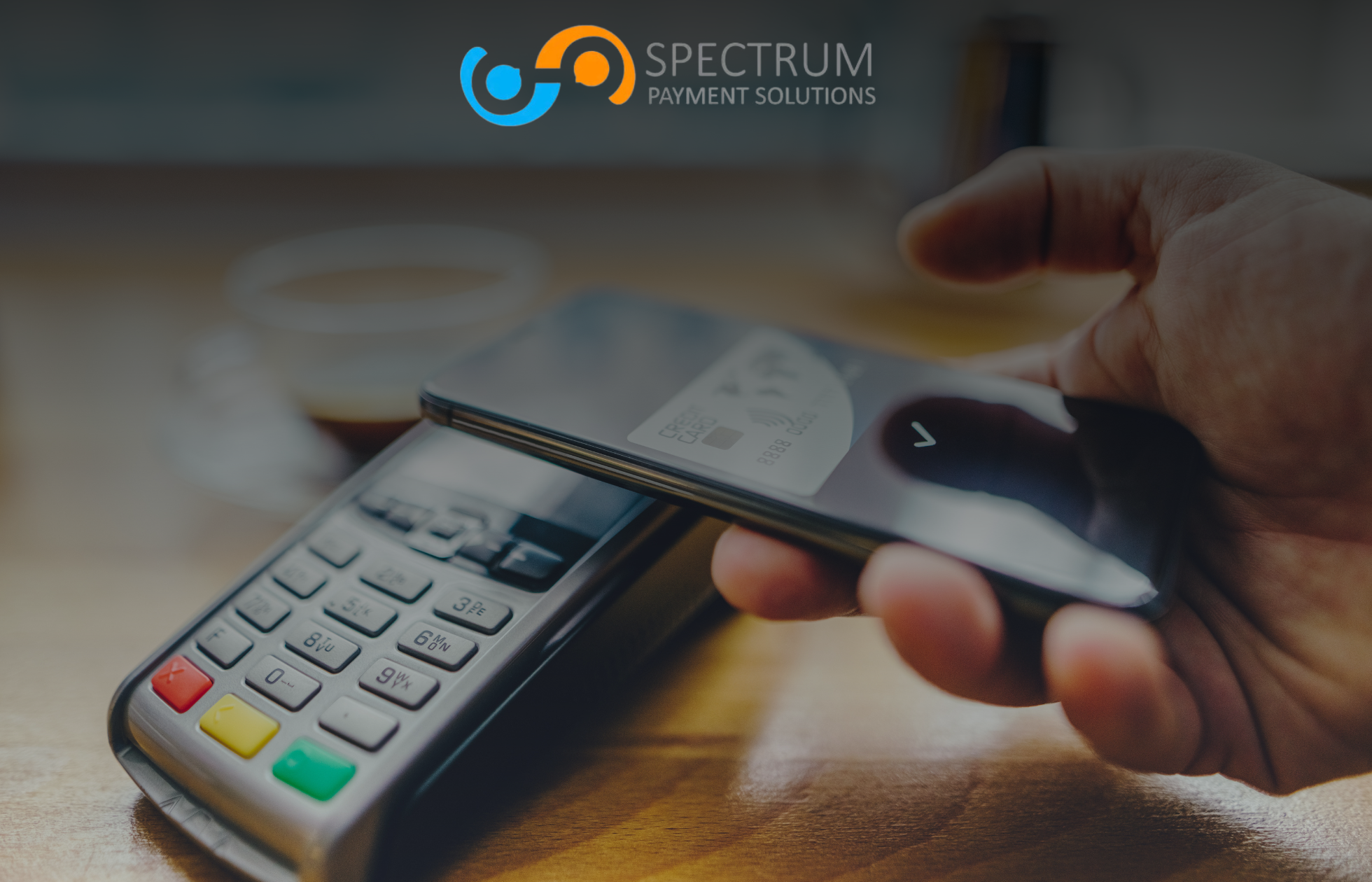
How The Payment Gateways Shape the Future of Digital Transactions
Explore the dynamic world of the payment gateways—discover how they drive digital commerce, enable high-risk businesses, and what the future holds for secure, seamless transactions. FAQs and insights included.
Introduction
Ever tried to buy something online and wondered what magic happens behind the scenes? Well, it’s not magic—it’s the payment gateways. These silent sentinels of the digital world work tirelessly, zipping your payment info across cyberspace, ensuring your money lands where it’s supposed to. But, oh boy, there’s so much more to the payment gateways than meets the eye.
Whether you’re a fledgling e-commerce startup, a high-flying fintech whiz, or a business owner navigating the choppy waters of high-risk industries, understanding the payment gateways is non-negotiable. Let’s pull back the curtain and take a stroll through this fascinating, ever-evolving ecosystem.
The Payment Gateways Explained: More Than a Digital Toll Booth
Some folks might picture the payment gateways as simple digital cash registers—but that’s selling them short. Imagine them as high-speed, ultra-secure couriers, ferrying sensitive payment data between websites, banks, and payment processors. The payment gateways don’t just process transactions; they authenticate, encrypt, and safeguard every penny.
What Do the Payment Gateways Actually Do?
Let’s break it down:
- Encryption: Scrambles your payment data into secret code, keeping hackers at bay.
- Authorization: Checks with your bank to make sure you’ve got the funds (and are who you say you are).
- Settlement: Ensures money moves from customer to merchant, smooth as silk.
- Fraud Detection: Spots fishy transactions before they can do real damage.
- Currency Conversion: Handles payments in all kinds of currencies, so your global customers feel right at home.
If you think that sounds like a lot of heavy lifting, you’d be right! The payment gateways are the unsung heroes of e-commerce.
Types of Payment Gateways: One Size Doesn’t Fit All
Not all payment gateways are created equal. Depending on your business’s needs—and risk profile—you’ll want to pick your partner wisely.
1. Hosted Payment Gateways
Ever been redirected to a different page to complete a payment? That’s a hosted payment gateway at work. PayPal, for instance, whisks you away from the retailer’s site, keeping sensitive data off the merchant’s servers.
Pros:
- Easy to set up
- PCI compliance handled by the gateway
- Lower risk for merchants
Cons:
- Less seamless customer experience
- Limited branding opportunities
2. Integrated Payment Gateways
These gateways keep customers on your site from start to finish. Stripe and Authorize.Net are classic examples, integrating directly into your checkout flow.
Pros:
- Smooth, branded checkout
- Customizable user experience
Cons:
- More complex setup
- Merchants responsible for PCI compliance
3. High-Risk Payment Gateways
Some industries—think adult entertainment, gaming, supplements, or even travel—are considered “high-risk” due to chargeback rates or regulatory hurdles. High-risk payment gateways specialize in handling the unique challenges these businesses face.
Why go high-risk?
- Access to specialized fraud prevention tools
- Greater tolerance for chargebacks
- Support for multiple currencies and geographies
How The Payment Gateways Fuel the Digital Economy
Let’s face it: without the payment gateways, online shopping would crash and burn. But their impact stretches much further:
- Global Reach: Let a customer buy from Paris or Peru—no sweat.
- Speed: Most transactions clear in seconds, not hours.
- Security: With encryption, tokenization, and real-time risk monitoring, your data’s locked up tight.
- Data Insights: Merchants can analyze payment trends to optimize sales strategies.
In short, the payment gateways are the glue holding the modern marketplace together.
Key Features to Look for in The Payment Gateways
Don’t just pick the first payment gateway you find! Here’s what separates the best from the rest:
- Robust Security: Look for gateways with PCI DSS compliance, tokenization, and strong fraud detection.
- Multi-Currency Support: Essential for businesses with global ambitions.
- Flexible Integrations: APIs, plugins, and SDKs make integration a breeze.
- Transparent Pricing: Watch out for hidden fees.
- Customer Support: Because when things go sideways, you’ll want real help—fast.
Challenges and Pitfalls: Navigating the Rough Waters
It’s not all smooth sailing. The payment gateways face a unique set of challenges:
- Fraud and Chargebacks: Especially for high-risk sectors, fraudsters are always knocking.
- Regulatory Hurdles: From GDPR in Europe to PCI DSS everywhere, compliance is a moving target.
- Integration Headaches: Legacy systems and new tech don’t always play nice.
- Customer Experience: If checkout’s clunky, customers jump ship—fast.
But don’t fret. With the right payment gateway, most of these headaches can be managed, if not outright avoided.
The Payment Gateways and High-Risk Merchants: A Match Made in Digital Heaven?
High-risk doesn’t have to mean high-drama. The payment gateways tailor their services for merchants in industries banks might shy away from. Here’s how:
- Custom Risk Monitoring: Advanced algorithms flag suspicious transactions, reducing chargebacks.
- Flexible Underwriting: Rather than blacklisting, these gateways look for solutions.
- Global Banking Partners: Tap into networks that understand your business’s unique needs.
Choosing the right high-risk payment gateway can mean the difference between thriving and merely surviving.
Emerging Trends: What’s Next for The Payment Gateways?
Hang on to your hats—the payment gateways are evolving at breakneck speed. Here’s what’s coming down the pike:
- AI-Powered Fraud Prevention: Machine learning zaps fraudsters before they can strike.
- Crypto Acceptance: Bitcoin, Ethereum, and stablecoins are making inroads—get ready.
- Biometric Authentication: Goodbye, passwords; hello, fingerprint and facial recognition.
- Instant Payouts: Merchants get paid faster than ever.
Staying on top of these trends can keep your business ahead of the curve.
How to Choose the Right Payment Gateway for Your Business
Feeling a bit dizzy with all the options? Here’s a roadmap to help you decide:
- Assess Your Risk Profile: High-risk business? Prioritize gateways with strong fraud protection.
- Consider Your Customers: Where are they? What payment methods do they prefer?
- Check Integration Options: Will it play nice with your website and accounting tools?
- Review the Fee Structure: Look beyond the headline rates—watch for hidden fees.
- Evaluate Support: 24/7 support is worth its weight in gold.
FAQs: All About The Payment Gateways
Q: What is a payment gateway and why do I need one?
A: A payment gateway is a secure digital bridge between your website and the payment processor. It encrypts and transmits payment data, making online transactions possible—and safe.
Q: Are the payment gateways safe for high-risk businesses?
A: Absolutely. High-risk payment gateways use advanced fraud prevention and chargeback management tools, making them suitable—even essential—for businesses in challenging sectors.
Q: Can I accept international payments with most payment gateways?
A: Many gateways support multi-currency payments, but always double-check features before signing up, especially if global expansion is on your mind.
Q: How do payment gateway fees work?
A: Fees vary—expect a combination of per-transaction fees, monthly charges, and sometimes setup costs. High-risk merchants might face higher rates due to the increased risk.
Q: How quickly do I get my money?
A: Settlement times range from instant to a few business days, depending on the gateway and your bank’s policies.
Q: Do I need to worry about PCI compliance?
A: If you use a hosted payment gateway, much of the burden is handled for you. Integrated gateways may require you to take a more active role in compliance.
Conclusion
In the grand tapestry of digital commerce, the payment gateways are the invisible threads weaving everything together. Whether you’re processing a few sales a week or millions a day, choosing the right gateway is like picking the perfect co-pilot for your journey.
They aren’t just technical tools—they’re strategic partners, vital for security, speed, and customer trust. As technology barrels forward and customer expectations shift, one thing remains constant: the payment gateways will continue to shape the way we buy, sell, and connect across the globe.
So, next time you click “pay now,” spare a thought for the digital gatekeepers making it all possible. After all, in a world that never sleeps, neither do the payment gateways.




